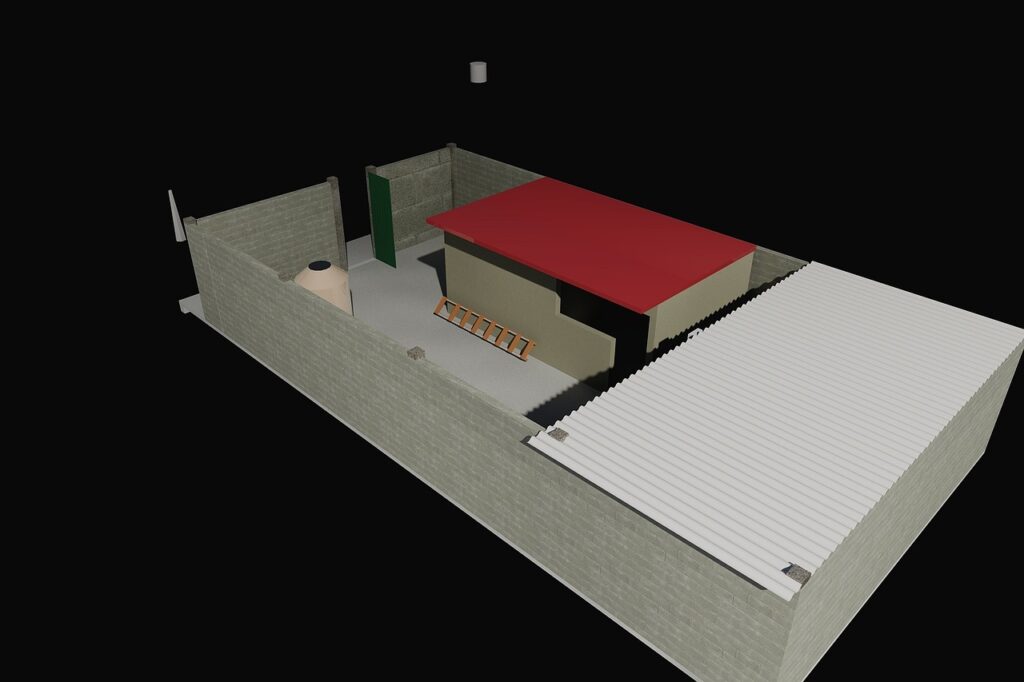

AutoCAD, a cornerstone of the design and engineering world, has revolutionized how industries operate, offering precision, efficiency, and innovation in design. Canada, known for its robust industries ranging from architecture to oil and gas, stands as a testament to the significance of this design tool. The intertwining of AutoCAD’s capabilities with Canada’s industrial growth is worth exploring.
Historical Context
Long before the digital age, design and engineering heavily relied on manual drafting, a process both time-consuming and prone to human errors. The advent of Computer-Aided Design (CAD) shifted this dynamic, offering streamlined solutions for complex problems. Introduced in the 1980s, AutoCAD became a game-changer, particularly in Canada, where industries eagerly adopted this tool to foster growth and global competitiveness.

Importance of AutoCAD in Key Canadian Industries
- Architecture and Construction: In cities from Toronto to Vancouver, skyscrapers, residences, and innovative public spaces come to life with AutoCAD. The software ensures precision, enabling architects to visualize, adapt, and collaborate with greater ease.
- Civil Engineering: From the expansive Trans-Canada Highway to the intricate urban planning in Montreal or Calgary, AutoCAD plays a pivotal role in designing sustainable and efficient infrastructures.
- Manufacturing: Whether it’s aerospace components or home appliances, Canadian manufacturers harness AutoCAD for prototyping, ensuring the product’s functionality and design are in harmony.
- Entertainment: Canada’s bustling animation, gaming, and film sectors, particularly in hubs like Vancouver, utilize AutoCAD for creating detailed and realistic designs.
- Oil and Gas: In provinces like Alberta, where oil and gas dominate, AutoCAD assists in pipeline designs, maintenance planning, and the overall facility management, ensuring safety and efficiency.
Educational and Employment Landscape
For those looking to venture into industries reliant on AutoCAD, Canada offers myriad educational avenues. Renowned institutions, from universities to technical colleges, provide in-depth courses. Additionally, for those preferring online modes, websites like Canadacourses.ca feature the best online AutoCAD courses for Canadians, which can guide aspiring students to the best remote learning opportunities.
The Canadian job market resonates with the demand for AutoCAD proficiency. From construction firms in British Columbia to animation studios in Quebec, a certified AutoCAD professional has an edge, opening doors to diverse and lucrative career paths.
Economic Impact
AutoCAD’s contribution to Canada isn’t merely industrial—it’s economic. The tool enables rapid prototyping, reduces design errors, and shortens project timelines, translating to cost savings and revenue generation. Numerous successful projects, be it architectural marvels in Ottawa or innovative product designs from Nova Scotia, owe their success to AutoCAD.
The Future of AutoCAD and 3D Design in Canada
As technology evolves, so does AutoCAD. Canadian industries are already witnessing the integration of AI and virtual reality, offering even more refined designs and simulations. Continuous learning, therefore, becomes paramount. By staying updated with the latest in AutoCAD, Canada positions itself at the forefront of the global CAD landscape, with potential to lead and innovate further.
Within the Canadian market, 3D applications of AutoCAD play a significant role in numerous industries. Vancouver is a hub for the film and animation industry, often dubbed the “Hollywood of the North.” Designers and animators (or just 3D artists) use AutoCAD’s 3D tools to create detailed set designs, props, and sometimes even preliminary character models for animation. These are crucial in pre-production stages.
In addition, universities and technical colleges across Canada are incorporating AutoCAD’s 3D modeling in their curriculum. This ensures that future architects, engineers, and designers are adept at utilizing the latest technology in their respective fields.
Challenges and Opportunities
While the AutoCAD landscape in Canada is flourishing, challenges persist. Adapting to newer versions, integrating complementary technologies, and addressing the industry’s ever-changing demands can be daunting. However, with challenges come opportunities. Canadian businesses can leverage AutoCAD to expand globally, innovate locally, and continue being trailblazers in design and engineering.
Conclusion
AutoCAD’s significance in shaping Canada’s industrial and economic realms is undeniable. As industries grow and technology advances, the relationship will only deepen. For professionals, students, and businesses alike, investing time and resources in AutoCAD education and its application is not just an option—it’s a pathway to a brighter, more innovative future in Canada.